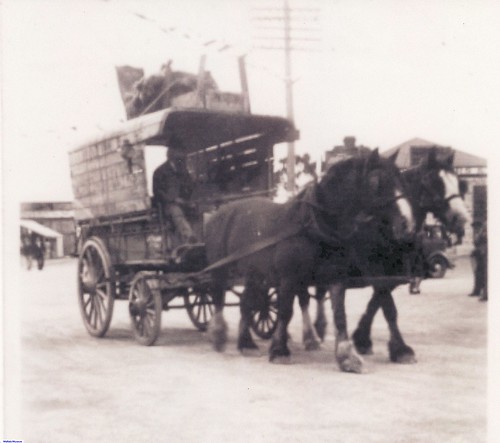
From the NY Times:
Ms. Deen defended herself in an interview with The New York Post by accusing Mr. Bourdain of elitism: “You know, not everybody can afford to pay $58 for prime rib or $650 for a bottle of wine. My friends and I cook for regular families who worry about feeding their kids and paying the bills.So...feed your kids things like a bacon donut egg burger, fried butter, velveeta fudge, and bacon-wrapped mac & cheese?
I'm tired of the elitism/snobbery vs buy everything at your local farmer's market framework. For both poles, it's just reductionist and unproductive. I think chef/author Tamar Adler makes a great point for how we should respond to the whole affair:
What we risk, going through the ugly exercise of “I told you so,” is an opportunity to talk about what healthy food is and means, and who eats it where, and how it is made.It's also an opportunity to talk about what Southern food actually is (which Tamar does as well). Southern food is not fried butter. Hugh Acheson's definition is dynamic, inclusive, and kind of lovely. Deen's definition? Butter and grits. Which is fine. Except it's static and stereotypical. Acheson's definition? After describing a dish he serves at his Atlanta restaurant:
Southern food is a celebration of the people within the community, using the agrarian bounty that is constantly around them. It pays homage to the past but is a constantly evolving, ebbing with the seasons and flowing with the constant progression of the South. It is a foodways that really has had a much stronger emphasis on vegetables and sides than huge portions of proteins, and one that is healthy if we show off the diversity of our crops and cooking styles.So what bothers me about how Paula Deen handles her role as a food network celebrity is that she takes no responsibility for being a powerful messenger. She didn't use the news of her diagnosis or publicity around the news of her drug deal as an opportunity to talk about healthier preparation of food or educate her fans about the disease. She doesn't seem to take any responsibility for her role in helping to create, promote, and perpetuate a culture of bad eating habits, of all-the-time excess/ooh naughty indulgence comfort food being, without question, OK and perfectly acceptable (as the flipside to the culture that says we're much too fat, only eat lean cuisines and yogurt that is supposed to inexplicably trick you into thinking you're eating dessert). I mean, what's the problem, right? Eat and feed your family velveeta bacon donut balls, get sick with a disease that is the seventh leading cause of death in the US, then just pop some pills and things will be grand!
You'd think she would have had something more to offer after being diagnosed three years ago than a shrug and a fuller pocketbook.
Also check out smarter people:
Marion Nestle's nutritional debunking, reminding us that "You most definitely can eat your way to type 2 diabetes." And Tom Philpott looks into the drug she's promoting. Kind of a risky, expensive drug apparently.



